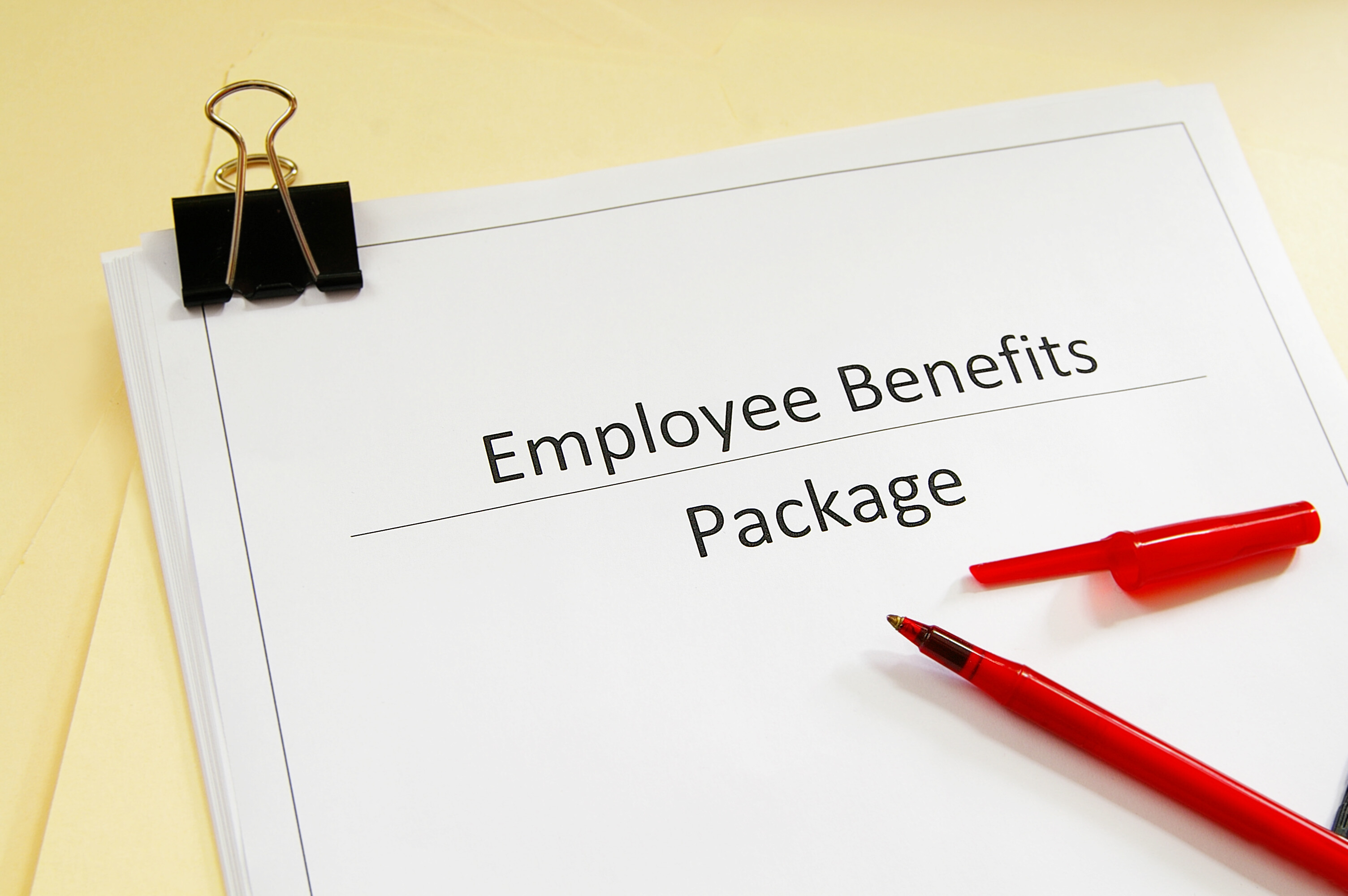How Much Do Employers Spend on Benefits?
Offering competitive benefits is essential. However, going overboard is sure to put a dent in your profit margin. The objective is to provide competitive and affordable benefits. This can be achieved by gleaning, or benchmarking, how much other employers are paying for benefits.
Average cost of employee benefits
We took at a look at a report released on March 19, 2019. According to that report, employers paid an average of $34.05 per hour per employee. Of that amount, $23.85 (70%) went toward wages and salaries, and $10.20 (30%) accounted for benefits.
Specifically:
- Insurance = 8% of wages; health insurance accounted for 7.5%.
- Paid leave = 7.2% of wages.
- Defined contribution plans (such as 401k) = 2.3% of wages.
- Defined benefit plans (such as a pension) = 1.6% of wages.
- Supplemental pay (such as nonproduction bonuses) = 3.2% of wages.
- Legally required benefits (such as workers’ compensation) = 7.7% of wages.
Average cost of benefits administration
Administration is an intrinsic component of employee benefits, and it costs money. A 2018 survey by Ernst & Young lists the average labor and nonlabor costs for the following employee benefits tasks:
- Onboarding.
- Benefits enrollment.
- Training.
- Expense management.
- Time management.
- Separation/termination.
A few conclusions from the survey:
- To obtain or provide plan documents and summaries for employees, employers spend an average of $12.07 in labor costs and $1.72 in nonlabor costs — such as for printing, copying and postage.
- To review or approve PTO requests, the average labor cost is $11.27. This task has no average nonlabor cost.
- To process benefit issues — such as COBRA and retirement — at termination, the average labor cost is $11.36, and the average nonlabor cost is $.0.32.
The report asserts that adopting full-service human capital management technology is key to reducing labor and nonlabor benefits administration costs.
Employee benefits as a strategic tool
This third aspect of employee benefits benchmarking is about understanding how employers are leveraging benefits to recruit and retain talent. For example, how many employers offer the same benefits as you do? How do these benefits impact recruitment, retention and overall company performance? Which benefits are most popular in your industry? How are employers granularly allocating benefits costs?
In response to the last question, the Society for Human Resource Management’s 2018 Employee Benefits survey concludes that 83% of organizations share health care costs with their employees, while 16% pay the full amount. In addition, 18% of companies “charge a higher premium for health care coverage of employees who smoke.”
To get answers to all or most of your questions, you’ll likely need to analyze both public and proprietary data. Though it typically costs money to access proprietary data, it is the best way to get detailed information.








Reply a Comment